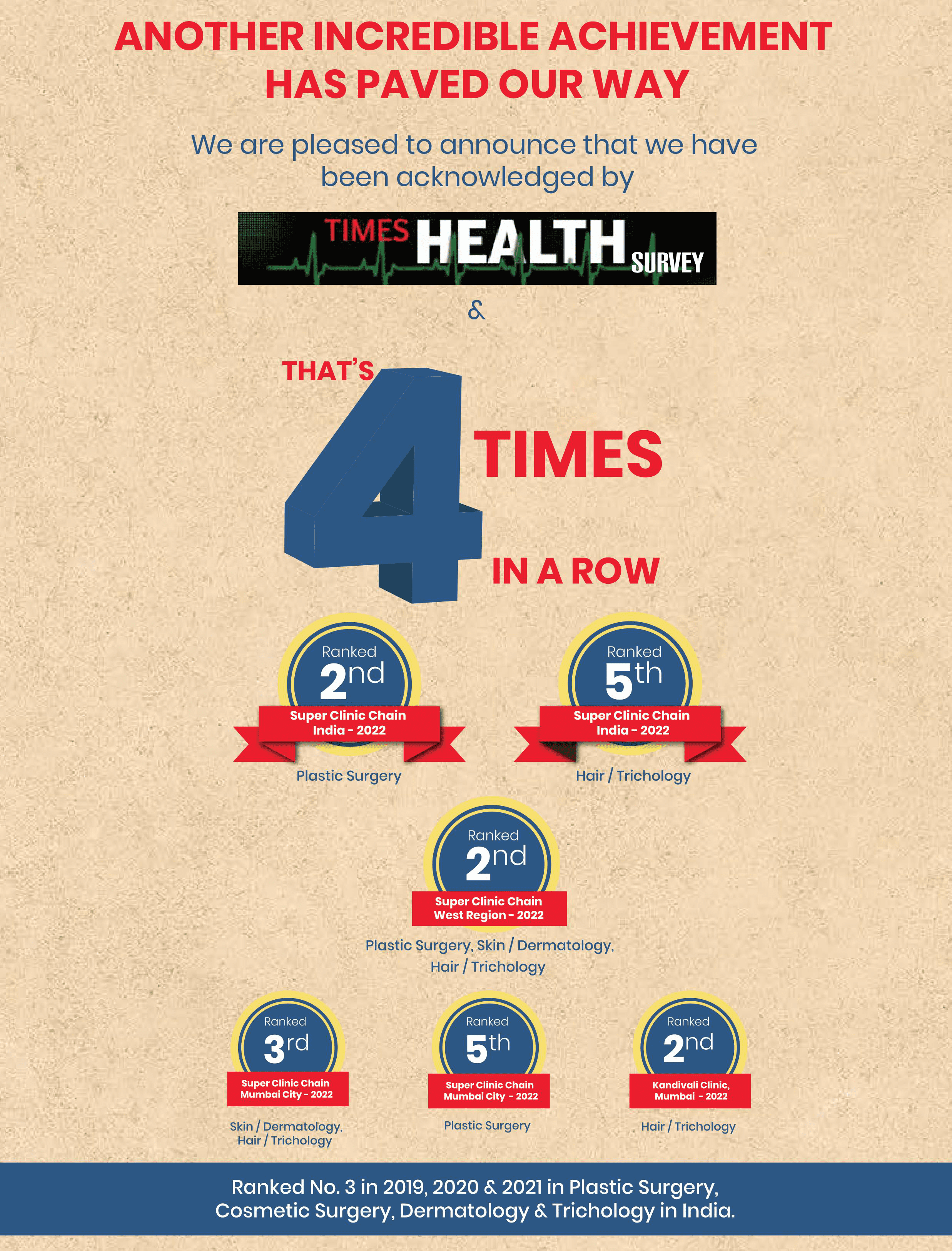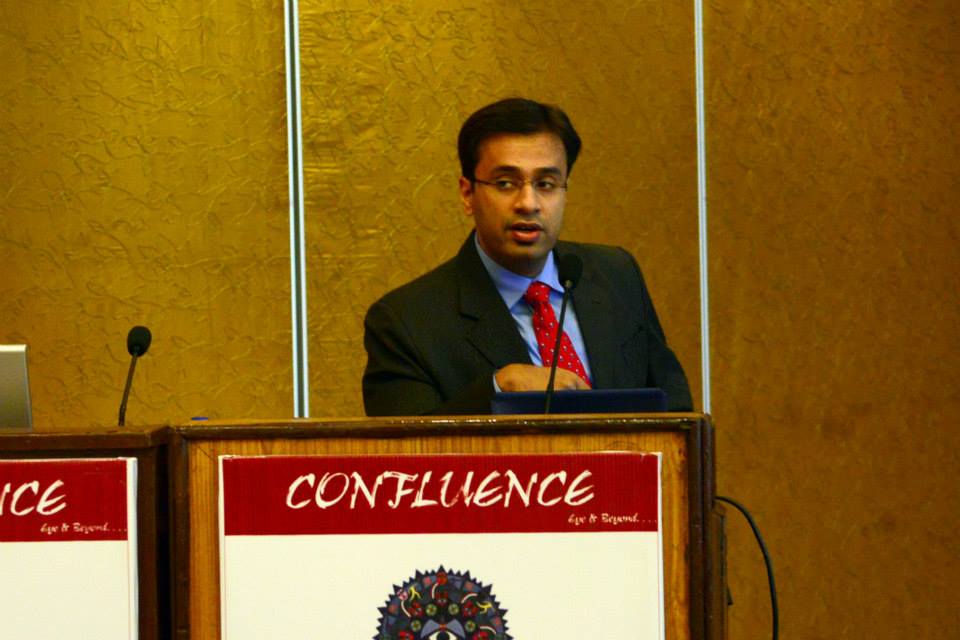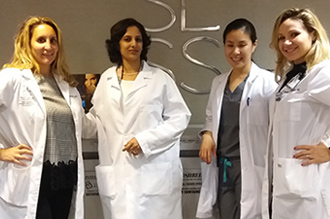Maxillofacial infections describe the various kinds of infections affecting the head and neck areas of the human body. These infections can be triggered by the presence of bacteria or viruses around the concerned region, and in some other instances, they may have a carcinogenic origin. Maxillofacial infections may be characterized by necrosis appearing around pulpal tissue to vestibular oedema, infections of the pericoronal (area surrounding the crown) tissue, and sepsis. These infections can lead to varying life-threatening complications, including poor respiratory functioning and sepsis. Some common examples of maxillofacial infection include meningitis, neck lumps, canine space infection, submandibular infection, etc. Abscess, reflected by pus collection within the affected area is yet another frequently encountered maxillofacial disorder at medical centres. Maxillofacial infection treatments are usually targeted at the parts where the infections are manifesting, and there are both pharmacological and surgical means of addressing these (health) issues. Surgery is also always resorted to where other interventions have failed, and this has been known to result in appreciable positive outcomes. The surgical procedure is normally undertaken by an oral and maxillofacial surgeon – the expertise of a plastic surgeon and other medical professionals may also be required under certain circumstances.
Canine Space Infection:
The canine space defines the area between the caninus muscle – which is the facial muscle originating from a certain depression in the upper jawbone – and the quadratus labii superioris muscle that plays a significant role in facial expression and elevation of the lip. The canine space is bounded on the anterior side by the cartilagines nasi; quadratus labii superioris on the superior aspect; oral mucosa of the maxillary labial sulcus on the inferior aspect and the deep border is formed by the caninus muscle. The infection affection this area is thereby generally termed “canine space infection”. The infection originates from the apices of the root of the maxillary teeth – the canine in particular. The canine, as a result of its length, causes the infection to erode the alveolar bone that is superior to the quadratus labii superioris. Another tooth that can cause canine space infection is the maxillary first premolar. Canine space infection can lead to severe complications like thrombophlebitis which manifests as blot clots in the angular vein of the face. Some common symptoms associated with canine space infection are blurred vision, infected eyelid tissue, nasolabial fold obliteration, drooping of the mouth’s angle, earache, swollen upper lip, swollen cheek, headache, abscess, etc. Different antibiotics – like clindamycin, penicillin, fluoroquinolones, etc. – have been used in treating canine space infection. Even though some of these antibiotics are effective to varying degrees, the concern over toxicity is usually lurking around the corner. That said, surgery is normally recommended whenever an abscess is reported along with canine space infection, and this can cause the exertion of pressure on the patient’s eye. So, to get rid of the pus that had formed within the canine space, the surgeon makes an incision at the corner of the eye and proceeds to access the area where the pus is localized – the overarching objective of the surgical procedure is to depressurize the area.
Submandibular Space Infection:
Submandibular space infection sometimes referred to as Ludwig’s angina is a bacterial infection that affects the floor of the mouth. Individuals with this infection normally experience considerable pain and/or discomfort, especially when attempting to open the mouth. The submandibular space is defined by the sheet of connective tissue between the head and the neck, and it encompasses both the submaxillary space and the sublingual space – which are separated by the mylohyoid muscle. Submandibular space infection can be treated through normal clinic visit and/or appointment with a physician, but the condition is sometimes the reason for emergency visits where the blockage of the airway is evident. Apart from this, submandibular space infection may also cause profoundly low blood pressure as a result of elevated bacterial load. This infection is often caused by poor dental hygiene and trauma to the mouth. The risk factors linked to submandibular space infection, however, include malnutrition, alcoholism, diabetes-induced trauma, and disorders that compromise immune system functioning. Patients with submandibular space infection often display symptoms such as noisy breathing, drooling, earache, speech impediment, swelling around the neck, swallowing difficulty, confusion, fatigue, and their tongues can also become abnormally elevated.
Submandibular space infection can be treated through both surgical and non-surgical interventions and the goal of the treatment is primarily to achieve improved breathing outcomes – and better dental health on the whole. Piperacillin-Tazobactam, Cefepime, Meropenem, and Imipenem are some of the antibiotics recommended for treating submandibular space infection. Surgery is targeted at actualizing enhanced airway management, and tracheostomy is the procedure usually adopted – it involves the use of a special tube that ultimately functions as an assistive breathing system for the patient. This tube may remain permanently fixed on the patient or may be removed once the surgeon observed a marked improvement in a patient’s breathing.
Intraoral Abscess:
Intraoral abscess refers to the accumulation of pus within the mouth, and it can compromise the health of the teeth, gums, and other tissues in the oral cavity. It is associated with poor dental hygiene – which encourages bacterial build-up within the mouth. The signs and symptoms of intraoral abscess can include mouth odour, hypersensitivity to hot or cold food and drinks, fever, swallowing problems, and chronic aching pain. Patients suffering intraoral abscess may also experience breathing difficulties. This condition may result in other far-reaching consequences when not adequately or promptly treated; complications such as osteomyelitis, Ludwig’s angina, dental cysts, maxillary sinusitis, and cavernous sinus thrombosis may arise in such cases. Pharmacologically, antibiotics and pain killers may be used in the management of intraoral abscess. However, surgery is usually required to achieve the best possible treatment outcome – leading to satisfactory removal of the localized pus.
Extraoral Abscess:
An extraoral abscess is primarily caused due to the impaction of the right mandibular third molar that occurs at the onset of pericoronitis – which is characterized by the swelling and/or inflammation of the lower teeth. This disorder typically results in the collection of pus at an area beyond the buccinator muscle. The buccinator muscle, by the way, is the facial muscle that underlies the cheek, and it plays a significant role in connecting the cheek to the teeth. Extraoral abscess extends to such infections that affect the lower incisors, lower and upper molars, and the lower canine. The infection leading to the emergence of extraoral abscess is normally triggered by aerobic and anaerobic bacteria. Owing to this, antimicrobial therapy may be recommended alongside surgical procedure – the surgery will be hinged on removing the localized pus.
Draining Sinus:
Draining sinus results from inflamed and/or swollen air pockets within the nose and head, it is a chronic condition that may persist for 12 or more weeks. More so, it can be triggered by the presence of nasal polyps, bacteria, or fungi in the air pockets. This condition is characterized by the abnormal drainage of mucus which could ultimately lead to certain respiratory/breathing complications. Leaving draining sinus untreated for a long can lead to far-reaching consequences that reduce the quality of life. For instance, this infection may compromise the anatomic and physiologic integrity of the membranes of the brain and spinal cord as it spreads to the region. Again, loss of sight may result from draining sinus if the eye socket gets markedly involved. Some medical conditions like immune system disorder, dental infection, allergic reactions, asthma, respiratory tract infection, and deviated septum are known predisposing factors for draining sinus. Patients suffering from draining sinus usually show symptoms such as redness/swollenness of the eyes, cheeks, nose, and forehead, fatigue, dense/discoloured nasal discharge, inflamed nasal cavity, and postnasal drainage to mention just a few.
Draining sinus has been treated with nasal corticosteroids sprays (like budesonide, triamcinolone, and budesonide), or intravenous/oral corticosteroids (like methylprednisolone and dexamethasone) – this may be used along with antibiotics for a better outcome. However, in the instance where a patient is corticosteroids intolerant or where other treatment measures have failed, surgical procedures are normally adopted. Some of the surgical protocols used in this regard include functional endoscopic sinus surgery (FESS), and septoplasty.
The best maxillofacial infection treatment should guarantee improved quality of life and should be accessible. This is why The Esthetic Clinics exists to ensure that quality maxillofacial infection treatment nearby in India is not a ‘pipe dream’. Our medical professionals, led by celebrity oral & maxillofacial surgeon, Dr, Debraj Shome, are ever ready to provide you with the (healthcare) service that will leave satisfied, with the considerable anatomic and functional restoration of the affected maxillofacial part assured.
The question on the cost of maxillofacial infection treatment is one that we, very much, desire to answer. However, in order not to create a false impression, it’s important that we have a comprehensive review of your case. This will enable us to give you a more credible and realistic maxillofacial infection treatment price. You can give us a call or email us today to fix an appointment.


Dr. Debraj Shome is Director and Co founder of The Esthetic Clinics. He has been rated amongst the top surgeons in India by multiple agencies. The Esthetic Clinics patients include many international and national celebrities who prefer to opt for facial cosmetic surgery and facial plastic surgery in Mumbai because The Esthetic Clinics has its headquarters there.






